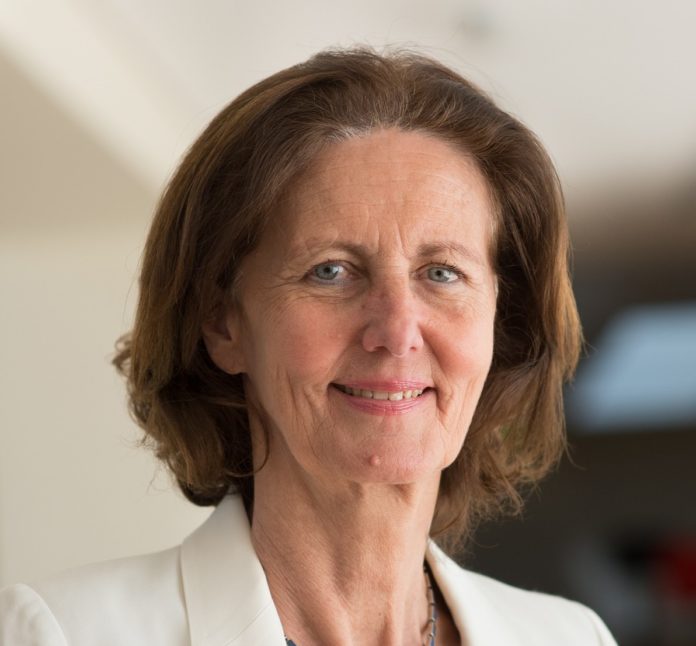Around the world, our sector continues to provide its essential services. The demands of the COVID-19 pandemic tend to shorten our perspectives. We concentrate on the here and now, attending to the priorities of our respective roles.
It is important and natural that we do so. Our Copenhagen World Water Congress & Exhibition had been scheduled for October this year. We normally carry out important Association business at these events, and some of this had to proceed as planned. So, as I mentioned in the previous edition, we held a virtual Governing Assembly of IWA in September. This annual meeting is a regular part of the essential running of our organisation.
We have all become much more accustomed to meeting virtually. Even so, the meeting was a major undertaking. For example, special arrangements were needed to ensure anonymity in the voting by our Governing Members from around the world. It was an impressive effort, and I thank all those involved with the meeting.
As I also mentioned in the previous edition, one outcome of the meeting was to confirm formal agreement that I will continue to serve as your President until May, when I will then hand over to Tom Mollenkopf, the current President-elect. I am honoured by the confidence shown for the extra time in this role at this critical time.
Against the pull on our attentions to deal with the here and now, we must find space to look to the future. This is what opens our minds to opportunity. This is what draws us to seek solutions to the challenges ahead.
This is particularly the case for climate change. A growing number of countries are expressing commitment to ambitious change and there are signs of hope for global consensus on action. There is cause for optimism as we look forward to the rescheduled COP 26 meeting now due to be held in Glasgow, UK next November.
This edition of The Source focuses on the water sector and the two sides of climate change – adaptation and mitigation. Our changing climate represents one of the key pressures on our sector. We need to take steps to adapt, to ensure we can meet our needs and protect the environment. At the same time, the world needs mitigation efforts from all directions. The water sector must play its part here too.
The articles include an example from Denmark, whose ambitions reflect the scale of the transformation that we need to see. Lea Wermelin, Danish Minister for Environment, has highlighted her country’s use of wastewater as an opportunity to recover both energy and resources. “It is our ambition that the water sector in Denmark should be energy- and climate-neutral before 2030,” she has commented. There is an opportunity for the sector around the world to set similar goals, respecting local contexts.
On this theme, IWA has recently launched its Climate Smart Utilities initiative, with details included in this edition. By sharing aims, experiences and solutions, our network can add momentum to progress on this front. These shared experiences help us look ahead to what we can achieve.
So I invite you to look to the future, and help steer a course to a better water future for all.
Diane d’Arras, President, IWA






